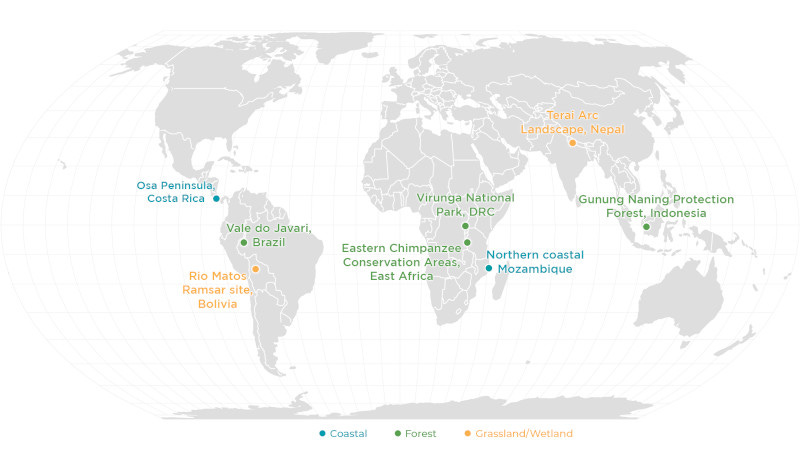Project Centinela Launched by Planet
Delivering Satellite-Derived Tools and Insights to Conservationists and Scientists
A new program aiming to equip the world’s leading biodiversity scientists and conservation advocates with high-frequency satellite imagery, analytics, and planetary variables has been introduced by Planet. Called Project Centinela, the program will help support teams working at the forefront of the biodiversity crisis to monitor and safeguard up to 50 o…




